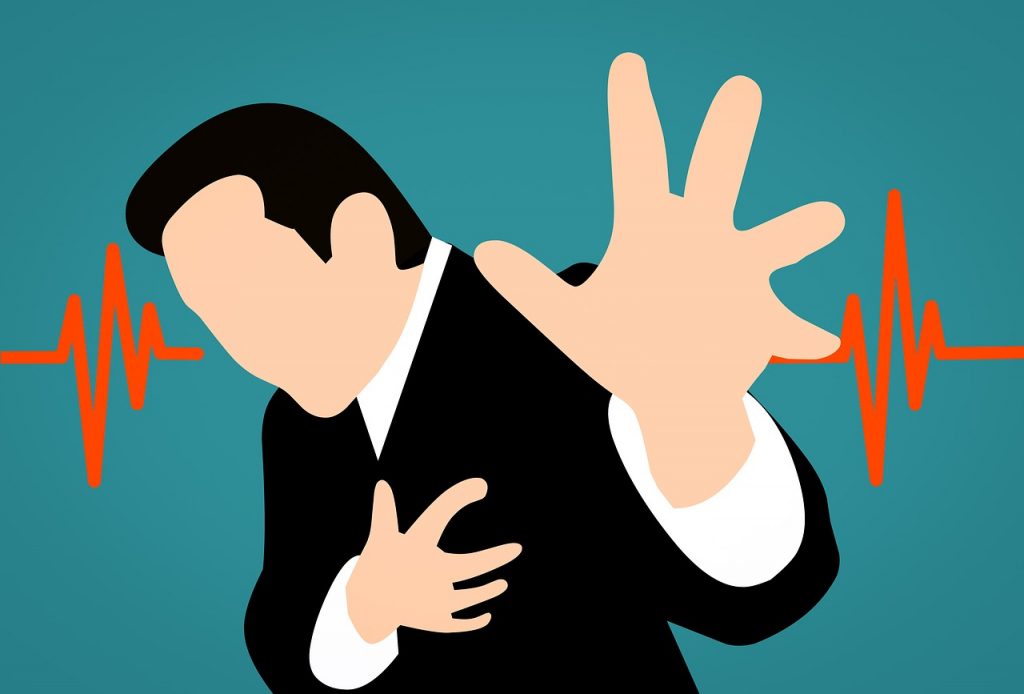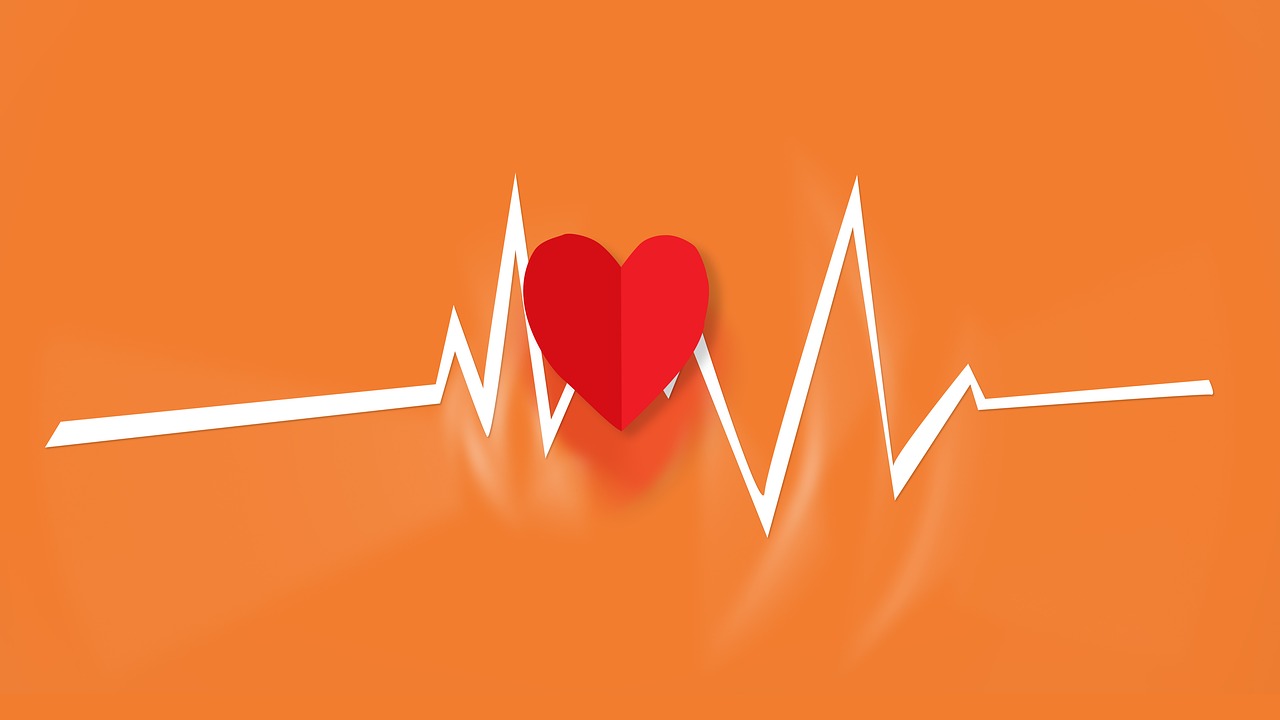Heart Disease
Heart disease has consistently been one of the biggest killers of both men and women, with hundreds of thousands of families losing loved ones to the condition every year. But now a new study published in the journal Cell Stem Cell has identified a possible breakthrough in the treatment of heart disease, offering hope to anyone suffering from a dodgy ticker. The study was conducted by a team of researchers from the Gladstones Institutes, who have discovered a way to make a remarkable new type of cell that could help damaged hearts repair themselves.
Heart Failure

Heart failure occurs when the heart is overworked or the supply of oxygen is too low. A sudden attack can cause the loss of huge amounts of important muscle cells known as cardiomyocytes (CMs). These CMs cannot regenerate by themselves, nor can they be replaced because transplanted heart cells tend not to survive in the patient’s body. As you can imagine, this makes the treatment of heart disease quite tricky; since heart cells can’t regenerate or be replaced, the damage is usually irreversible. “Scientists have tried for decades to treat heart failure by transplanting adult heart cells, but these cells cannot reproduce themselves, and so they do not survive in the damaged heart,” said Yu Zhang, MD, PhD, one of the lead authors of the study.
To overcome this dilemma, the team investigated the possibility of regenerating the heart using progenitors—stem cells that have already been programmed to develop into a specific type of cell. In this case, they targeted cardiovascular progenitor cells (CPCs), which are produced as the heart begins to form within the embryo. Using a revolutionary technique, the team were able to produce CPCs in the lab and halt their development so the cells remained effectively “frozen” until use. They called these lab-grown cells “induced expandable CPCs,” or ieCPCs.
How are ieCPCs different?
Unlike adult heart cells, ieCPCs have the ability to replicate. If transplanted successfully, they could replace a patient’s damaged heart cells and possibly continue to self-repair. “Our generated ieCPCs can prolifically replicate and reliably mature into the three types of cells in the heart, which makes them a very promising potential treatment for heart failure,” said Zhang. To test this theory, the team injected some of the cells into a mouse that had suffered a heart attack. Remarkably, most of the cells transformed into functioning heart cells, generating new muscle tissue and blood vessels and improving the mouse’s overall heart function.
What this mean for treating heart disease?

So what does all this mean for the treatment of heart disease? Well, it’s definitely big news. The cells used to treat the mouse were derived from skin cells, which means a patient’s own cells could potentially be used to treat their heart disease. The next step is to try and form human ieCPCs in the lab, and then follow up with human trials to see if the method is as effective. All going well, this could be a viable treatment for heart disease patients within the next few years.
Is this the most important breakthrough yet in the field of heart disease research? Share your thoughts.
Read next: Hard Penis Science: Why Guys Get Morning Wood, How Li-Fi Technology Is Going to Change the Internet Game Forever, Is Coffee Good or Bad for You? Myth vs. Fact



